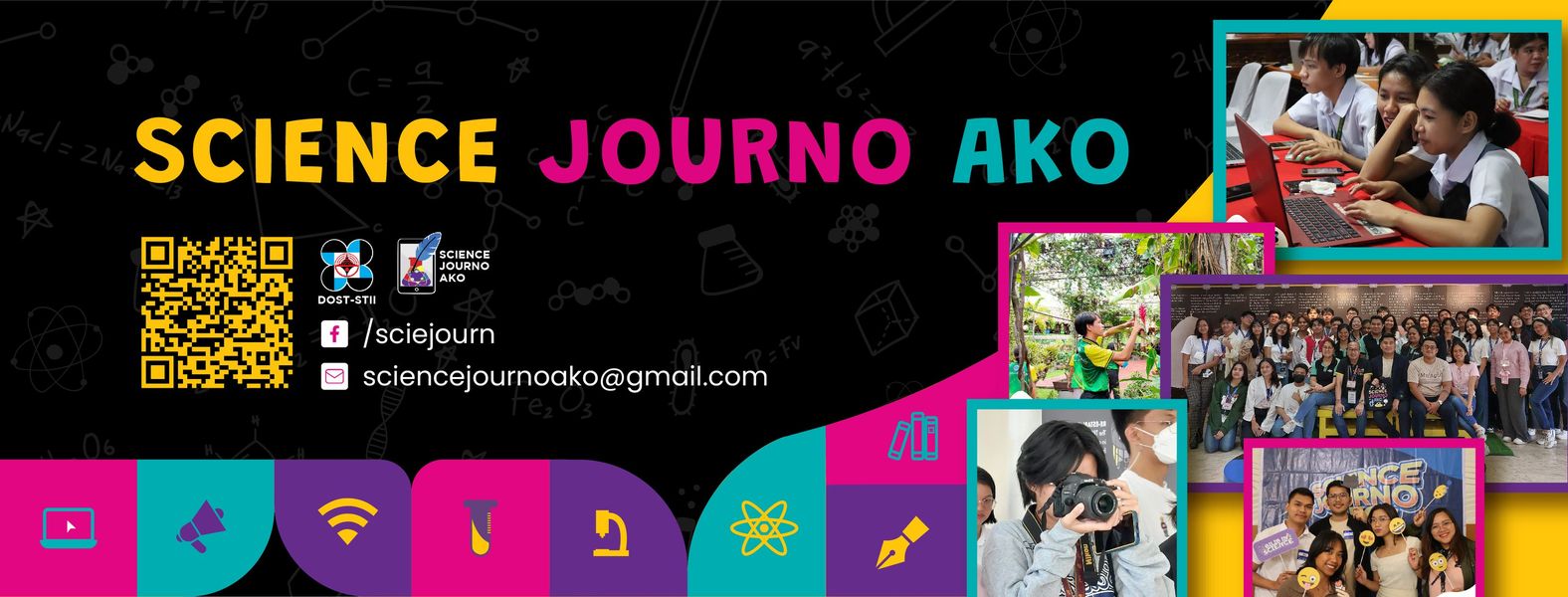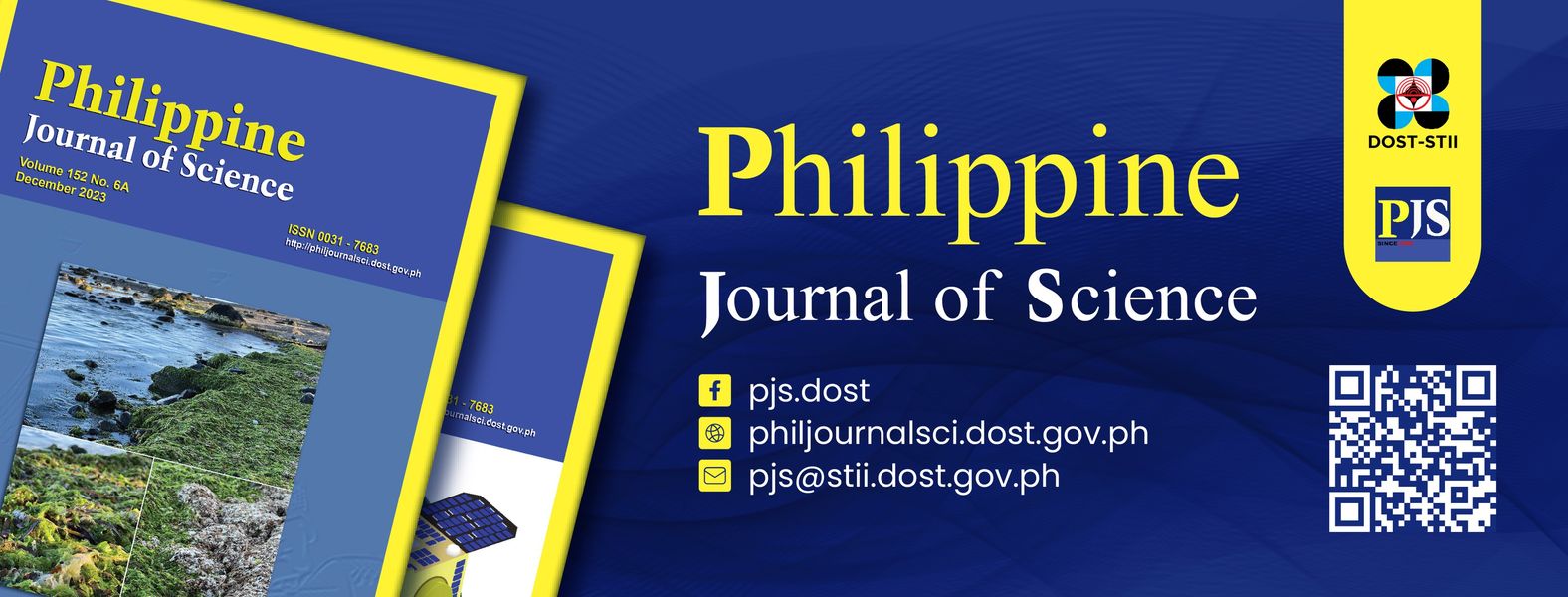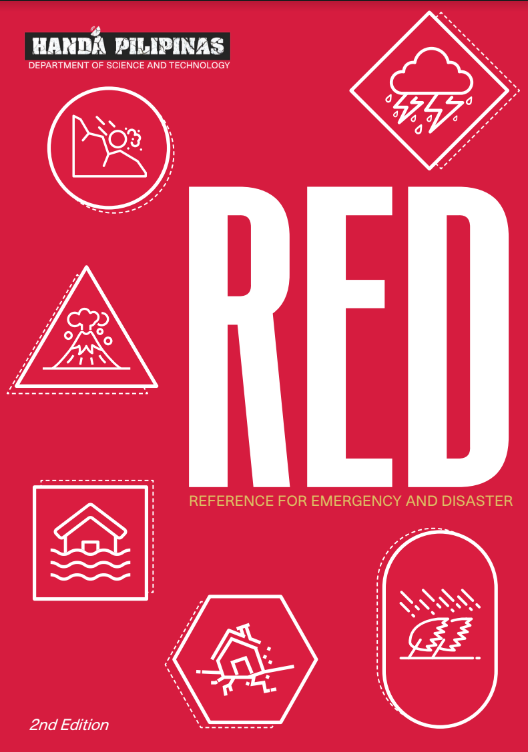An expert has stated in a National Academy of Science and Technology (NAST) roundtable discussion that native wildlife species which are genetically diverse, such as the tamaraw, Philippine deer, and small ruminantsshould be considered forcryo-conservation or the process of preserving cells by subjecting them to very low temperatures.
Dr. Lerma C. Ocampo, senior science research specialist atthe Philippine Carabao Center, was one of the speakers at the discussion conducted last June 5 by NAST, an attached agency of the Department of Science and Technology (DOST).The discussion tackled the topic “Animal Genetic Resource Management and Cryobanking” and aims to develop policy recommendations for animal genetic resource conservation and guidelines on cryobanking in the Philippines.
According to Ocampo, the tamaraw, Philippine deer, and small ruminantsare believed to be disease-resistant, survive climate change, and thrive in local feed resources around them.
Water buffalo, cattle and goat are currently being used for cryo-conservation activities in the Philippines with a facility located inside the Philippine Carabao Center LIB Complex in Nueva Ecija.
Countries have been prompted to draw up an Animal Genetic Resources Conservation program to help ensure the continuous availability of food for their citizens due to population growth, urbanization, and weather disturbances which, according to Ocampo, could eliminate animal populations at any given time.
However, problems involving local ordinances among others, have hindered the inclusion of these wildlife species into the Philippines’ cryo-conservation initiatives.
“One approach to address such constraint is to optimize a recovery method for testicular sperm from post mortem testes,” said Ocampo.
Another approach, she added, is to “revisit and propose the use of electro ejaculator machine to collect sperm from live animals for future semen collection preservation.”
Cryobanking capitalizes on cryopreservation technologies such as conventional slow freezing techniques, vitrification or quick freezing technology for egg cells and embryos, and liquid nitrogen storage
Established in 2012, the Nueva Ecija cryobank facility for livestock and endangered indigenous animals stores locally processed semen fromvarious breeds of water buffalo, goats, and cattle. Semen production labs like the Nueva Ecija stock farm and the Philippine Carabao Center at the Central Luzon State University and UPLB serve as the repository and source of frozen sperm from commercially active livestock.
Six cryobank units called cryotanks for the storage of frozen germ plasm are housed within the facility. These cryotanks are supplied with liquid nitrogen from a liquid nitrogen depot.
Dr. David Steane, honorary adviser on genetics and biodiversity of the Ministry of Agriculture and Agricultural Cooperatives in Thailand, however, reminded during the NAST discussion that cryo-conservation needs clear regulations, specifically on health and ownership among others. (S&T Media Service)
Written by Administrator
Friday, 05 June 2015 07:13


















 21 in 2021 Technology Catalogue
21 in 2021 Technology Catalogue 21 in 2021 Technology Catalogue
21 in 2021 Technology Catalogue DOST Innovations - Web and Mobile Applications for Disaster Risk Reduction and Management
DOST Innovations - Web and Mobile Applications for Disaster Risk Reduction and Management